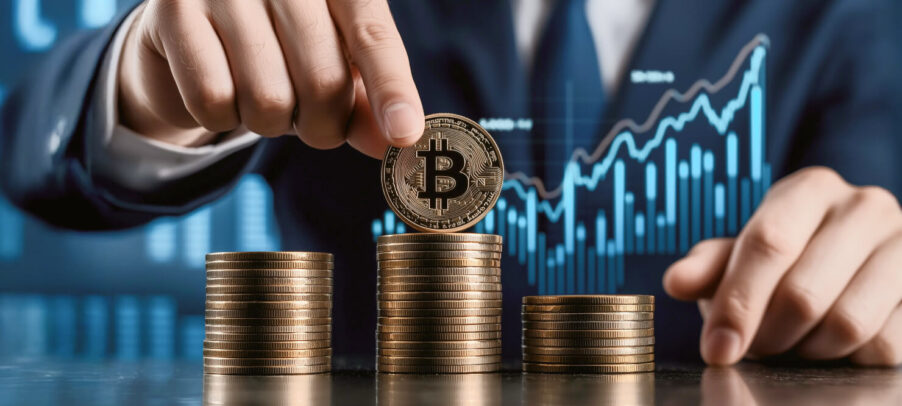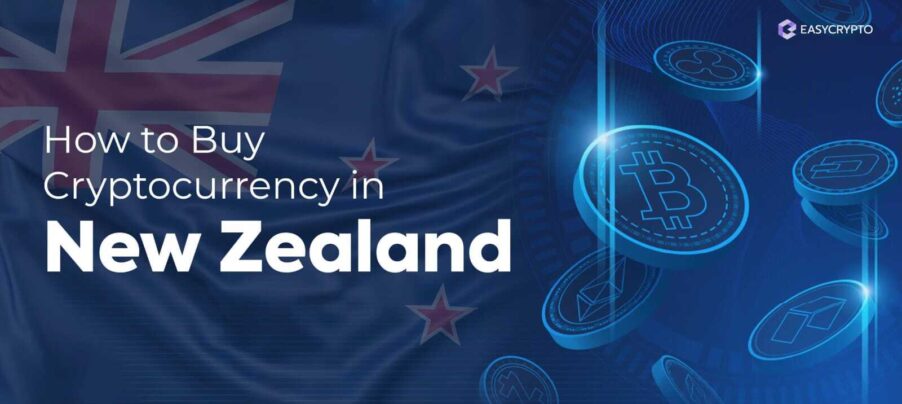What is DASH? – New Zealand’s DASH Overview
Dash is a popular digital currency that differs from Bitcoin in several ways. It is also known as 'Digital Cash'.
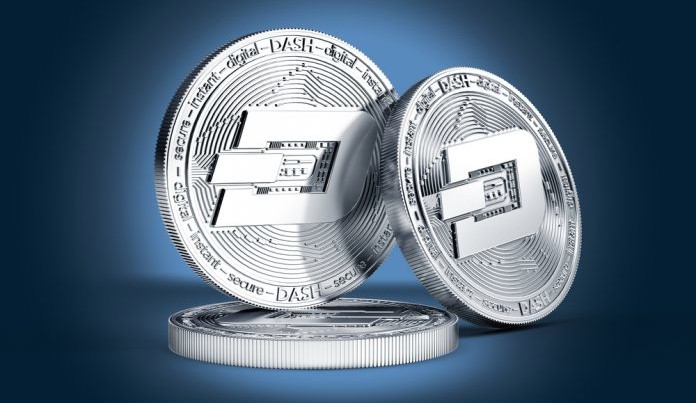

What is Dash?
Dash is a popular digital currency that differs from Bitcoin in several ways. Launched in April 2014 the development team created the currency with maximum speed and low fees in mind. It is also known as ‘Digital Cash’.
The best things about Dash are:
- Strong governance, which makes it easier for Dash to innovate and adapt
- Innovative features, like InstantSend and PrivateSend
- Fast and cheap transactions
Click here to buy Dash instantly with NZD in New Zealand!

So what makes Dash different from Bitcoin?
The process in which Digital Cash (Dash) handles transactions differs from Bitcoin due to the introduction of ‘masternodes’. Masternodes are an additional function of the system that perform some interesting tasks such as allowing anonymous transactions and enabling voting on project funding ideas. To create a masternode a person requires 1000 Dash ‘locked’ in a wallet.
At the time of writing, 1000 DASH is approximately $98,000 New Zealand Dollars. This is to ensure that those involved with the Dash network have a vested interest and are incentivised to make the best decisions for the network.
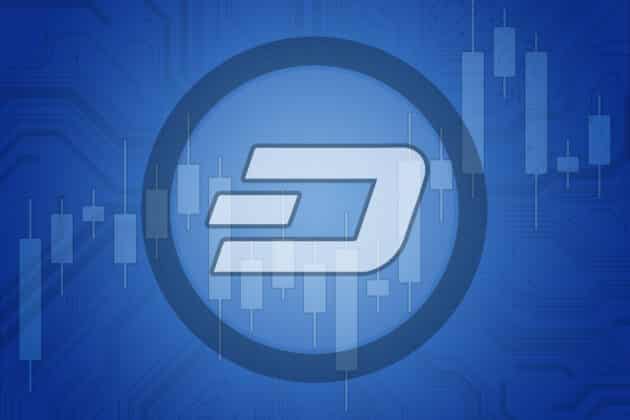
What about mining?
Dash has traditional miners just like Bitcoin and they receive 45% of the reward for facilitating transactions on the Dash blockchain. Masternodes receive the other 45% reward for assisting with the network.
So who receives the last 10% of the reward?
Every time a new coin is minted; 10% of the rewards are put into a Dash fund to allow the developers to fund new projects related to the coin. For example, Dash could plan to set up its own ATMs using the rewards, which will help drive its mainstream push.
All development ideas must be voted on by masternode users. This creates a democratic process around the spending of rewards and the direction and innovation of the Dash network.
What are the main advantages of Dash?
As mentioned earlier, Dash has very fast transaction rates and low fees. The average transaction takes less than 5 seconds to complete. The average fee is around $0.50 NZD.
Plus there’s cool features! While Dash transactions aren’t automatically anonymous, you can select to make an anonymous transaction on Dash through a process is known as PrivateSend. While anonymity might not seem like an important consideration for your standard payment, remember that the blockchain record of transactions is fully open and transparent. This means that if you pay me, I can see where you got that money from, and what address it received funds from, etc etc. Anonymity allows us to have privacy around our financial transactions.
Dash has also InstantSend which allows payments to be confirmed in around one second. Compared to Bitcoin where confirmations can take around an hour, this makes Dash a much better currency for real-world situations like retail stores, cafes and restaurants.
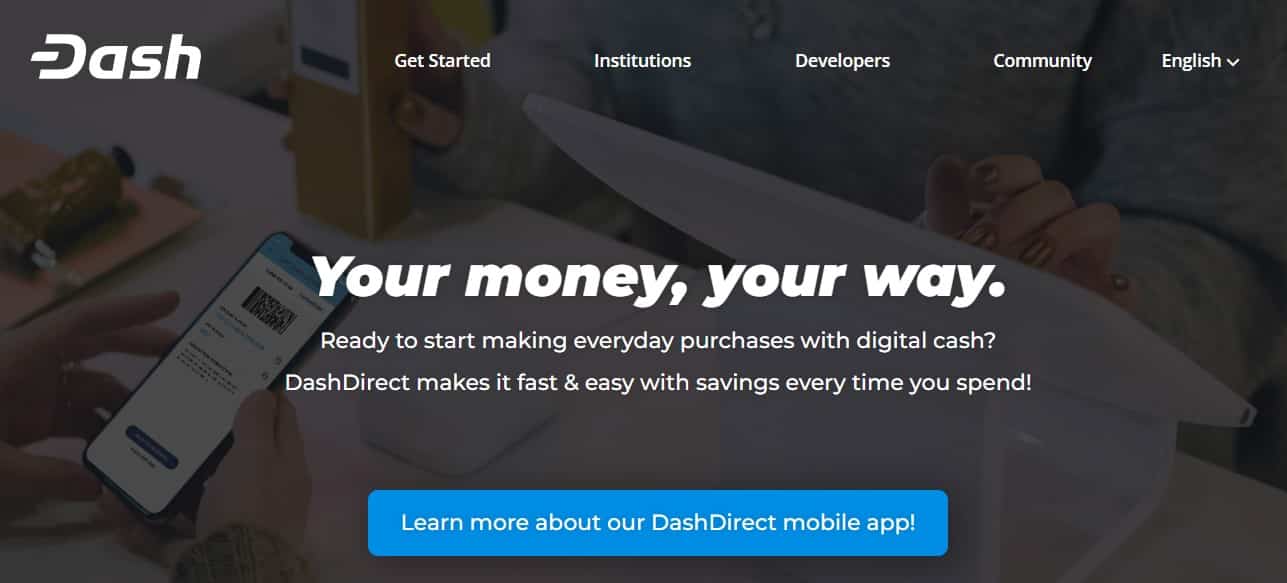
How to buy Dash in New Zealand?
Here at Easy Crypto we make it easy for anyone to buy Dash from start to finish – just tell us how much you want, and we do the rest.
Do bear in mind that it’s good practice to do further research on your own. Make sure that you’re 100% confident about Dash, its intrinsic value, technology, and the team behind it. Remember that crypto assets are volatile in the market.
If you would like to know more about Dash check out the official site here. Or check our their YouTube channel.
Share to
Stay curious and informed
Your info will be handled according to our Privacy Policy.
Make sure to follow our Facebook, Twitter, Instagram, and YouTube channel to stay up-to-date with Easy Crypto!
Also, don’t forget to subscribe to our monthly newsletter to have the latest crypto insights, news, and updates delivered to our inbox.
Disclaimer: Information is current as at the date of publication. This is general information only and is not intended to be advice. Crypto is volatile, carries risk and the value can go up and down. Past performance is not an indicator of future returns. Please do your own research.
Last updated April 19, 2023




